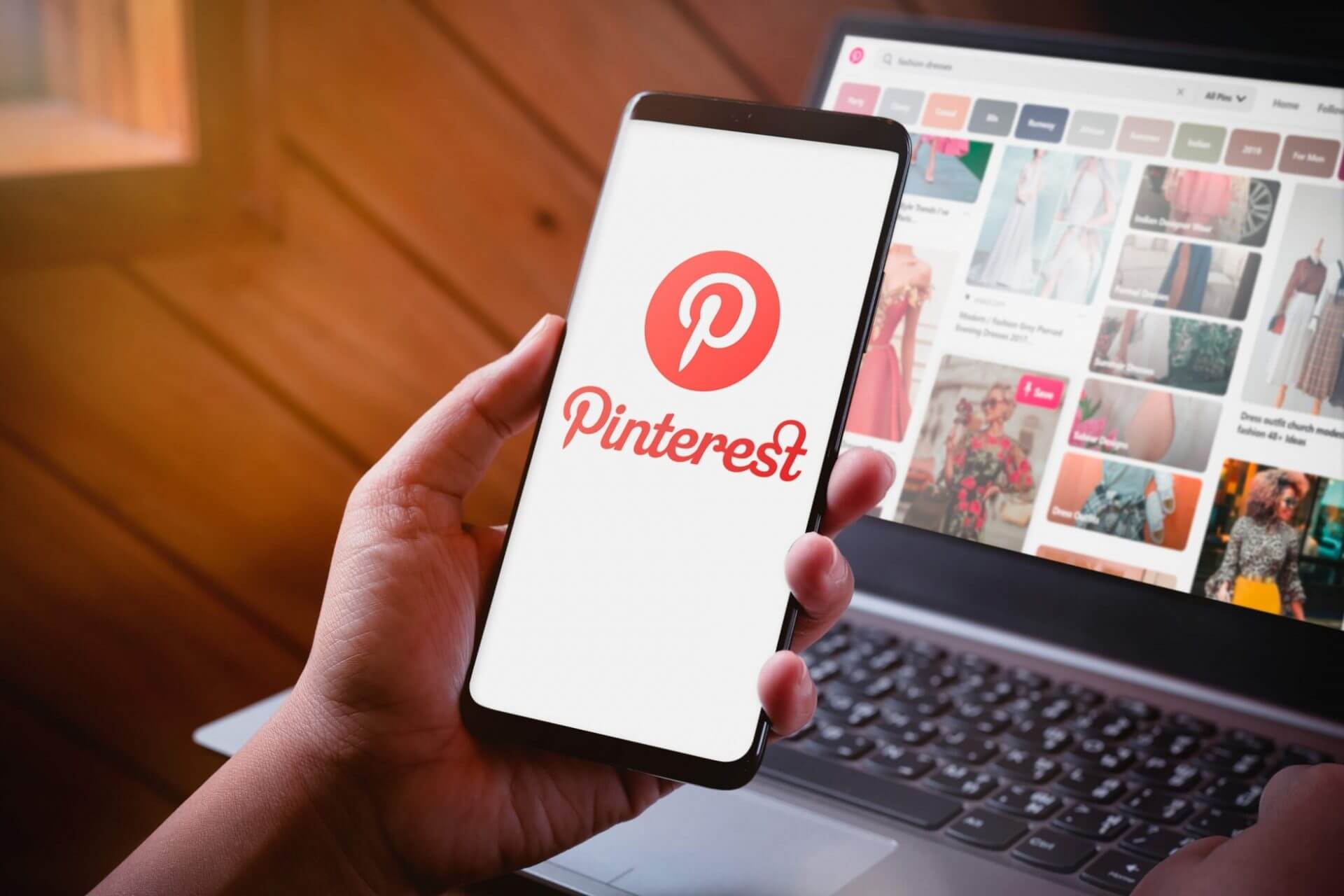
Pinterest Ads
Pinterest, a visual discovery platform, has carved a unique niche in the digital advertising landscape. Unlike other social media platforms, Pinterest is essentially a visual search engine, where users actively seek inspiration and ideas. This characteristic makes it an ideal platform for businesses to showcase their products and services.
Pinterest ads, when executed effectively, can be a powerful tool for driving brand awareness, engagement, and conversions. They seamlessly blend into the platform’s aesthetic, appearing as regular Pins, which increases their organic appeal. The platform’s focus on user intent also allows for highly targeted advertising, ensuring that ads reach the right audience at the right time.
One of the key strengths of Pinterest ads is their ability to inspire and influence purchasing decisions. Users often come to the platform with a specific goal in mind, whether it’s planning a wedding, decorating a home, or finding a new recipe. By understanding this intent, advertisers can create Pins that directly address the user’s needs, making their products or services appear as the perfect solution.
How Pinterest Ads Work
Pinterest ads are essentially promoted Pins that appear in users’ feeds, search results, and related Pins sections. They blend seamlessly into the platform’s aesthetic, making them less intrusive than traditional ads.
Key components of Pinterest ads:
- Ad formats: Pinterest offers a variety of ad formats to cater to different campaign objectives:
- Promoted Pins: Standard ads that look like regular Pins.
- Carousel Pins: Showcase multiple images or videos in a single ad.
- Video Pins: Engage users with short, compelling video content.
- Shopping Pins: Directly link to products for easy purchase.
- Idea Pins: Create visually-rich, multi-page stories.
- Targeting: Pinterest provides sophisticated targeting options to reach the right audience:
- Demographics: Target based on age, gender, location, and language.
- Interests: Reach users based on their Pinterest activity and interests.
- Keywords: Show ads to users searching for specific terms.
- Customer lists: Retarget previous customers or website visitors.
- Bidding: Pinterest uses a cost-per-thousand-impressions (CPM) bidding model. Advertisers set a maximum bid for each impression, and the highest bidder wins the ad placement.
- Measurement and Optimization: Pinterest offers various metrics to track ad performance, including impressions, clicks, conversions, and return on ad spend (ROAS).
Why Pinterest Ads Matter
- High purchase intent: Pinterest users are often in “planning” mode, making them more likely to convert.
- Visual appeal: The platform’s emphasis on visuals makes it easier to showcase products and services effectively.
- Long-term impact: Pinterest Pins can continue to drive traffic and sales even after the ad campaign ends.
- Detailed analytics: Pinterest provides valuable insights into audience behavior and ad performance.
Best Practices for Pinterest Ads
- Align with platform aesthetics: Create visually appealing Pins that resonate with Pinterest’s audience.
- Utilize strong calls to action: Encourage users to click, save, or purchase.
- Test different ad formats and targeting options: Experiment to find what works best for your business.
- Optimize for mobile: Pinterest is primarily used on mobile devices, so ensure your ads are mobile-friendly.
- Leverage rich pins: Add extra information to your Pins to enhance their visibility.
- Build relationships with influencers: Partner with Pinterest influencers to reach a wider audience.
